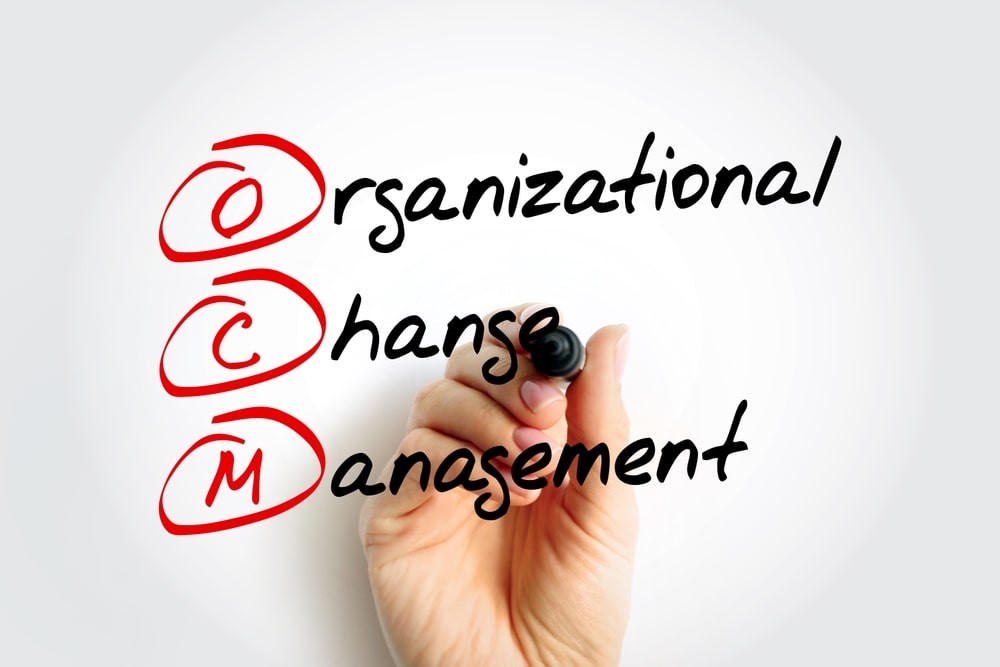Organizations face numerous complex challenges that can make or break their success. These challenges, from technical integration hurdles to sustainability concerns, require strategic solutions that align technology, people, and processes. At Accelare, we understand the hurdles organizations face in navigating digital transformation. Our approach helps you tackle these challenges head-on through our proven Hi-Def Operating Model and Strategy-to-Execution framework. Read on to learn more about the top ten digital transformation challenges and our solutions.
Technical Integration
Organizations often struggle with integrating new digital systems with legacy infrastructure. Outdated systems may be business-critical but difficult to modernize. The challenge is ensuring data flows seamlessly between different systems and maintaining security throughout the transformation process.
Prescriptive design is the answer to the challenges posed by technical integration. The framework integrates technologies and systems using PaaS as a “single pane of glass” to orchestrate unified workflows rather than creating complex point-to-point integrations.
Operations
Digital transformation significantly impacts day-to-day operations, creating complex challenges in maintaining business continuity. Organizations must manage the delicate balance of implementing new systems while keeping current operations running smoothly. Doing so commonly involves managing parallel systems during transition periods, adjusting workflows in real time, and preventing disruptions to service delivery. Teams frequently struggle with maintaining productivity during the learning curve of new systems, managing increased complexity in operations, and coordinating changes across different departments or locations.
Operational challenges can be addressed through the Enterprise Capability Model, which identifies and optimizes core capabilities present in any organization. The framework manages both current “As-Is” and future “To-Be” models within one operating model so businesses can maintain continuity while undergoing transformation. The focus shifts from individual, siloed departmental approaches to end-to-end processes.
People and Culture
Perhaps the most significant challenge is managing the human element. Many organizations find their employees struggle to adapt to new digital tools and ways of working. The human element of transformation involves overcoming resistance to change, developing digital literacy across the workforce, and fostering a culture that embraces innovation and continuous learning.
Like operational transformation, cultural transformation is achieved by shifting from a departmental mindset to one focused on end-to-end processes and customer experience.
New roles like Capability Family Champions advocate for both customer and strategic objectives. The framework breaks down divisions and fosters cross-functional collaboration.
Strategy
A clear digital transformation strategy is crucial yet challenging to develop and execute. Organizations often struggle with:
- Defining clear objectives and measurable outcomes.
- Creating a realistic roadmap that balances quick wins with long-term goals.
- Ensuring digital initiatives align with broader business objectives.
- Maintaining strategic focus while remaining adaptable to changing market conditions.
Strategic challenges can be solved by reengineering the Strategy-to-Execution (S2E) process to incorporate scenario planning, operating model design, and technology roadmapping. The S2E approach leverages generative AI in strategy development and maintains both current and future strategies while ensuring alignment with business objectives.
Leadership
Effective leadership is necessary for successful digital transformation but presents its own set of unique challenges, including:
- Securing sustained commitment from top executives.
- Building digital awareness among leadership teams.
- Making difficult decisions about resource allocation.
- Managing stakeholder expectations and communications.
- Balancing innovation with operational stability.
Leadership challenges can be addressed by transforming technology leaders from order-takers to strategic design partners. CIOs and CTOs become key facilitators of business model transformation. New governance structures transcend traditional hierarchies and create accountability for comprehensive processes.
Data Management
As organizations digitize their operations, they must effectively manage increasing volumes of data. Tasks include:
- Ensuring data quality and consistency across systems.
- Implementing proper data governance frameworks.
- Protecting sensitive information while maintaining accessibility.
- Creating value from collected data through analytics.
Data management challenges are solved through clear governance frameworks and technology architecture that ensures data quality and consistency. The Customer Obsession Yield Number (COYN) metric system allows for effective data use for decision-making and customer experience improvement.
Cost Management and ROI
Digital transformation initiatives often require substantial investment in technology, training, and process changes. Organizations struggle with accurately forecasting costs, managing unexpected expenses, and demonstrating a clear return on investment. The challenge extends beyond initial implementation costs to include ongoing maintenance, upgrades, and training. Many organizations find it difficult to balance the need for transformation with budget constraints, especially when benefits may take time to materialize.
Cost and ROI challenges are addressed through prescriptive design that leverages platform technologies and avoids unnecessary complexity. The framework balances investments between current operations and transformation initiatives, helping to more sustainably allocate resources.
Regulations
The regulatory landscape adds complexity to digital transformation efforts. Organizations must navigate evolving data protection laws, industry-specific regulations, and cross-border compliance requirements. This includes GDPR, CCPA, and other privacy regulations, sector-specific requirements like HIPAA in healthcare, and emerging regulations around AI and algorithmic decision-making. Ensuring compliance while maintaining innovation and efficiency is a delicate balance.
Regulatory challenges are solved by integrating requirements directly into end-to-end process design rather than treating them as separate compliance activities. This approach maintains compliance while efficiently achieving transformation goals.
Customer Experience
While digital transformation aims to improve customer experience, managing this aspect presents its own challenges. Organizations must ensure that digital changes actually enhance rather than complicate the customer journey. Tasks include maintaining service quality during transitions, managing customer expectations across multiple channels, and making digital solutions accessible and intuitive for all customer segments. There’s also the challenge of personalizing experiences while respecting privacy concerns.
A comprehensive Customer Experience Model that incorporates journey mapping, touchpoint design, and experience orchestration is the answer to many customer experience challenges. COYN metrics measure and improve customer experience across the entire lifecycle.
Sustainability
Organizations increasingly need to consider the environmental impact of their digital transformation initiatives. Necessary activities include managing the energy consumption of digital infrastructure, addressing e-waste from hardware upgrades, and establishing sustainable data center practices. There’s also the challenge of using digital technologies to support broader sustainability goals while minimizing the environmental footprint of the transformation itself. Organizations must balance the benefits of digital solutions with their environmental costs and find ways to make their digital transformation environmentally responsible.
Sustainability challenges are solved through the design of efficient, scalable processes that reduce waste and improve resource utilization. The focus is on creating sustainable digital business models through better technology integration and process design.
Navigating Digital Transformation Challenges with Accelare
Digital transformation is not a one-time project but a continuous journey that requires careful navigation of multiple challenges. Success depends on having the right frameworks, tools, and expertise to address these challenges holistically. While each organization’s transformation path is unique, understanding and preparing for these common challenges is crucial for success.
If you want to learn more about digital disruption and how it impacts your organization, take our quick, online, 4-minute Digital Disruption assessment.











